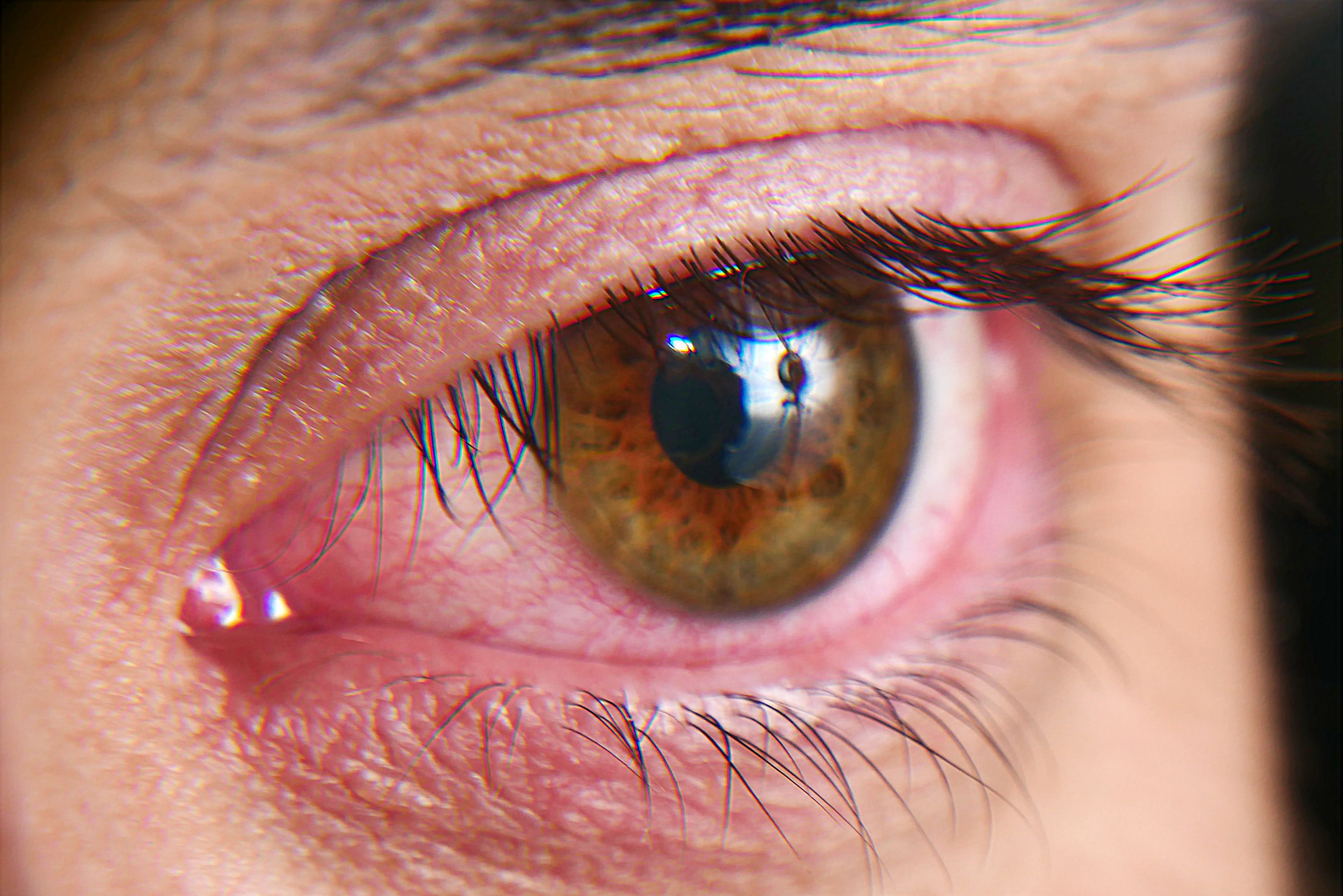News
Article
Researchers Announce Safety and Efficacy of Ophthalmic Solution to Treat Dry Eye Disease
Author(s):
Perfluorohexyloctane is the first and only treatment that targets tear evaporation to provide relief for dry eye disease
Published in Cornea, researchers announced that perfluorohexyloctane ophthalmic solution (Miebo, Bausch + Lomb) could be an effective and well-tolerated treatment to provide long-term relief for individuals with chronic dry eye disease (DED). The results were based on the KALAHARI phase 3 extension trial that was conducted to assess the tolerability and safety of perfluorohexyloctane.
Image credit: Kryuchka Yaroslav | stock.adobe

DED is defined as a chronic inflammatory ocular surface disease that could create dryness, stinging, burning, grittiness, and episodes of blurred vision to the eye. Evaporative and aqueous are the 2 main types of DED, as evaporative occurs from a deficient tear film of the lipid layer and aqueous occurs when the eyes do not produce enough tears.
The FDA granted approval for the use of perfluorohexyloctane following the GOBI and MOJAVE multi-center, randomized, double-masked saline-controlled studies. Both studies met their primary and symptom efficacy endpoints, providing relief for individuals from day 15 to day 57 of the studies.
The press release noted that the phase 3 study was a multicenter, single-arm, open-label extension trial that tested perfluorohexyloctane in 208 individuals reported to have symptoms of DED that connected with meibomian gland dysfunction (MGD). However, the individuals included in the KALAHARI study needed to be treated with saline from the GOBI study prior.
The 208 individuals received 1 drop of perfluorohexyloctane in both eyes, 4 times a day for a total of 52 weeks.
The results from the phase 3 trial displayed enhancements in the total corneal fluorescein straining (tCFS) and the visual analog scale (VAS) eye dryness. By week 4 of being treated with perfluorohexyloctane after treatment with saline, the individuals reported to show tCFS and VAS score improvements.
“With the chronic nature of dry eye disease, tolerability is a critical measure for long-term use and patient adherence,” said Eugene Protzko, MD, lead clinical investigator of the KALAHARI study and ophthalmologist and cataract surgeon at Seidenberg Protzko Eye Associates, in a press release. “A single ingredient, water and preservative-free prescription eye drop, Miebo was well-tolerated through the duration of KALAHARI, which is consistent with what we observed in the previous shorter-term studies.”
The study authors noted that serious adverse events when being treated with perfluorohexyloctane were not reported. The only adverse events included blurred vision, allergic conjunctivitis, and increased lacrimation, which only arose in 1.4% of individuals.
Perfluorohexyloctane can be prescribed for treatment, as it was approved for commercial use in September of 2023, following the FDA approval.
Reference
Bausch + Lomb Announces Publication of MIEBO™ (perfluorohexyloctane ophthalmic solution) Phase 3 Extension Trial Data in Cornea. Bausch + Lomb. News release. November 7, 2023. Accessed November 7, 2023. https://www.bausch.com/news/?id=190.

FDA Approves Revakinagene Taroretcel, Marking First Treatment for MacTel Type 2

Expanded Label for Avacincaptad Pegol Intravitreal Solution Receives FDA Approval




